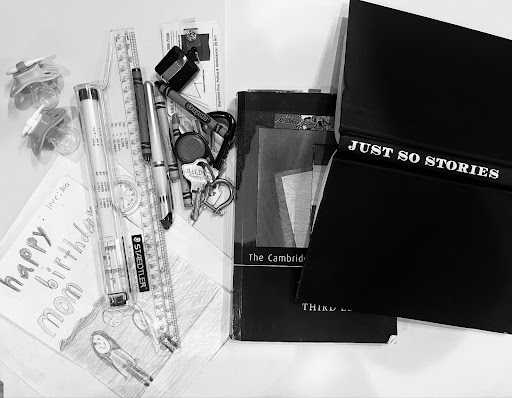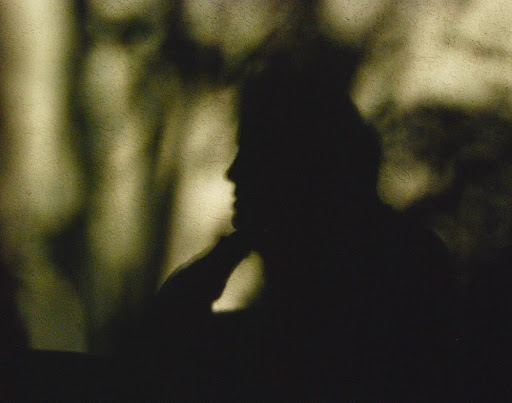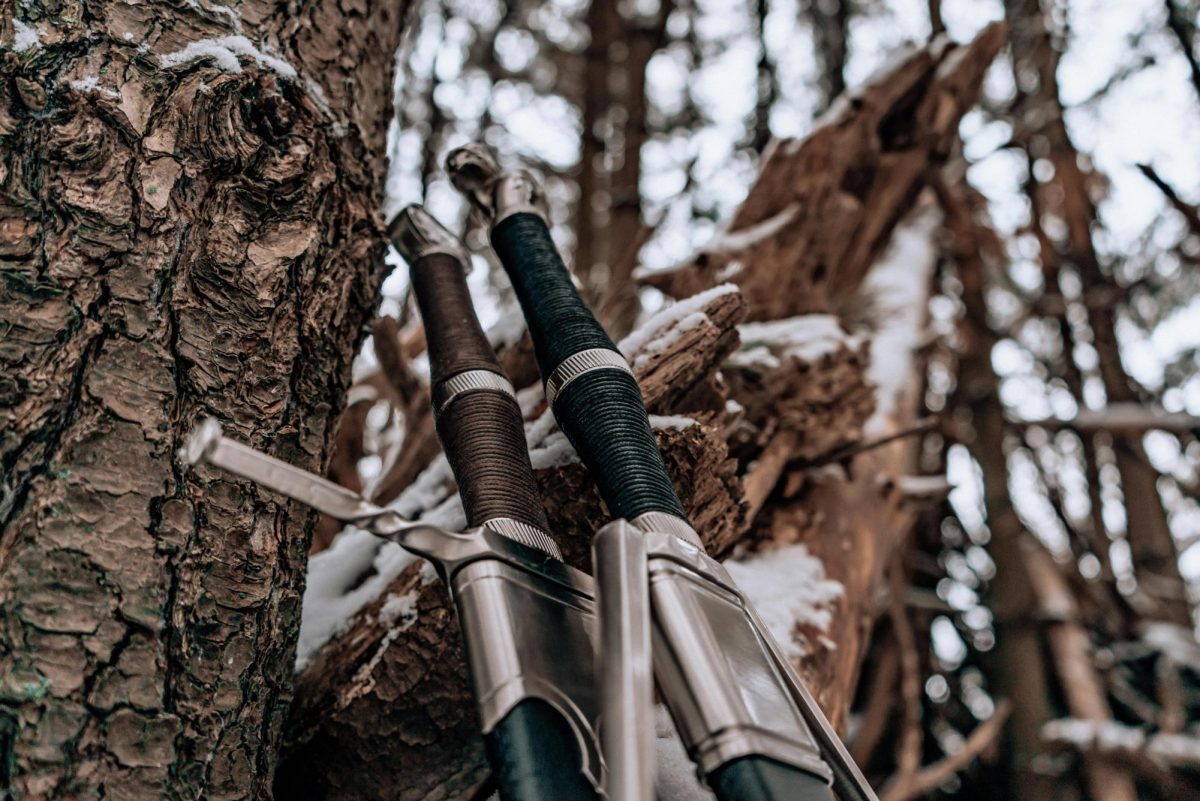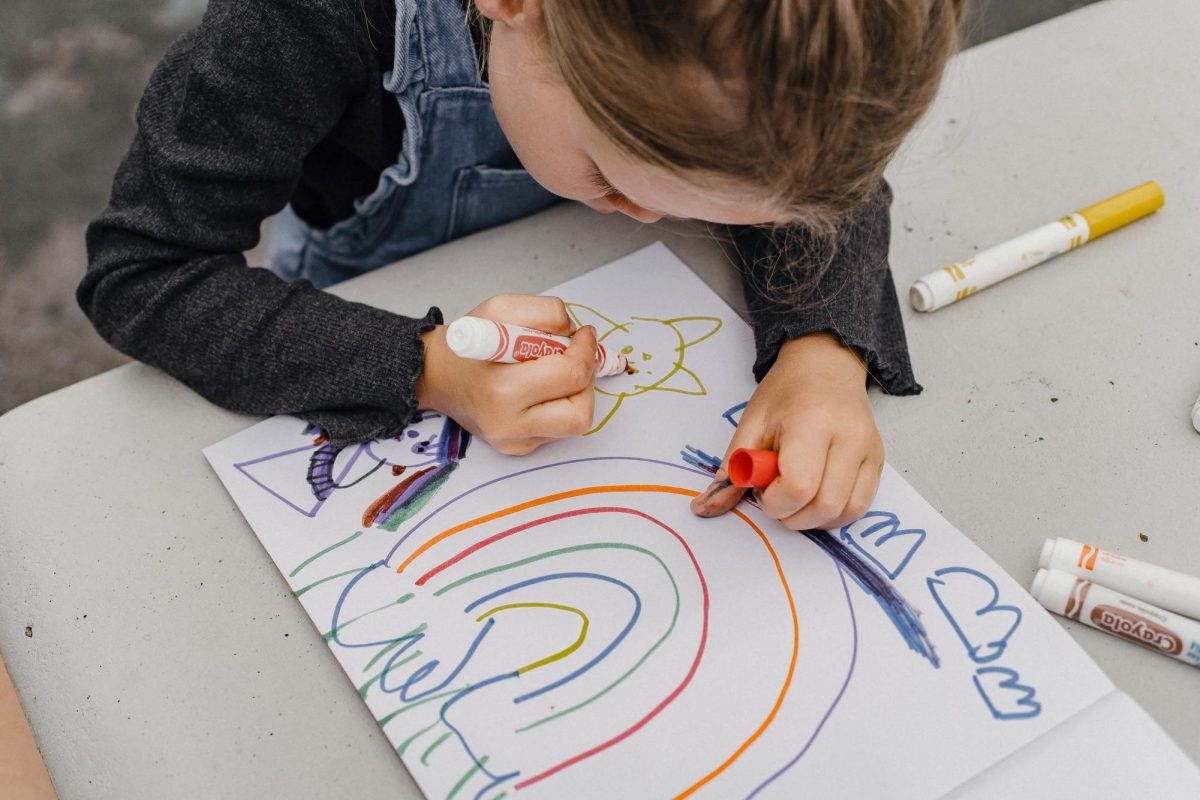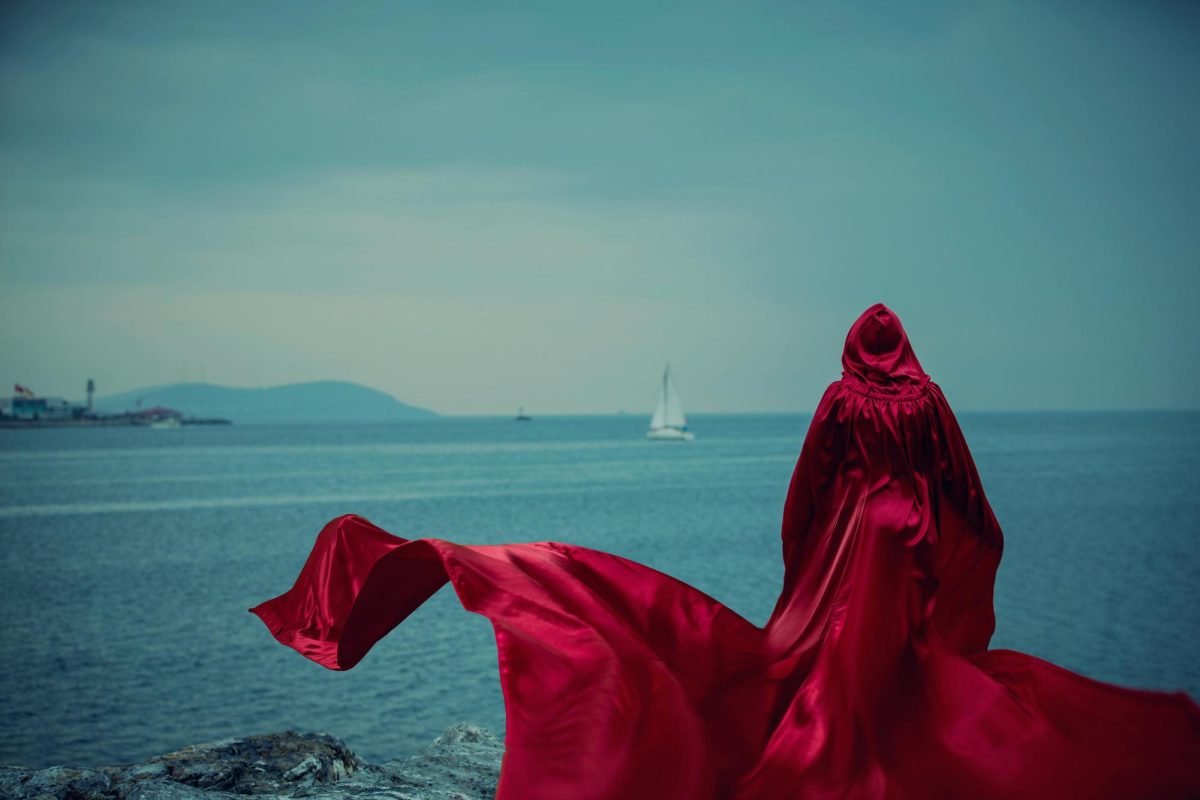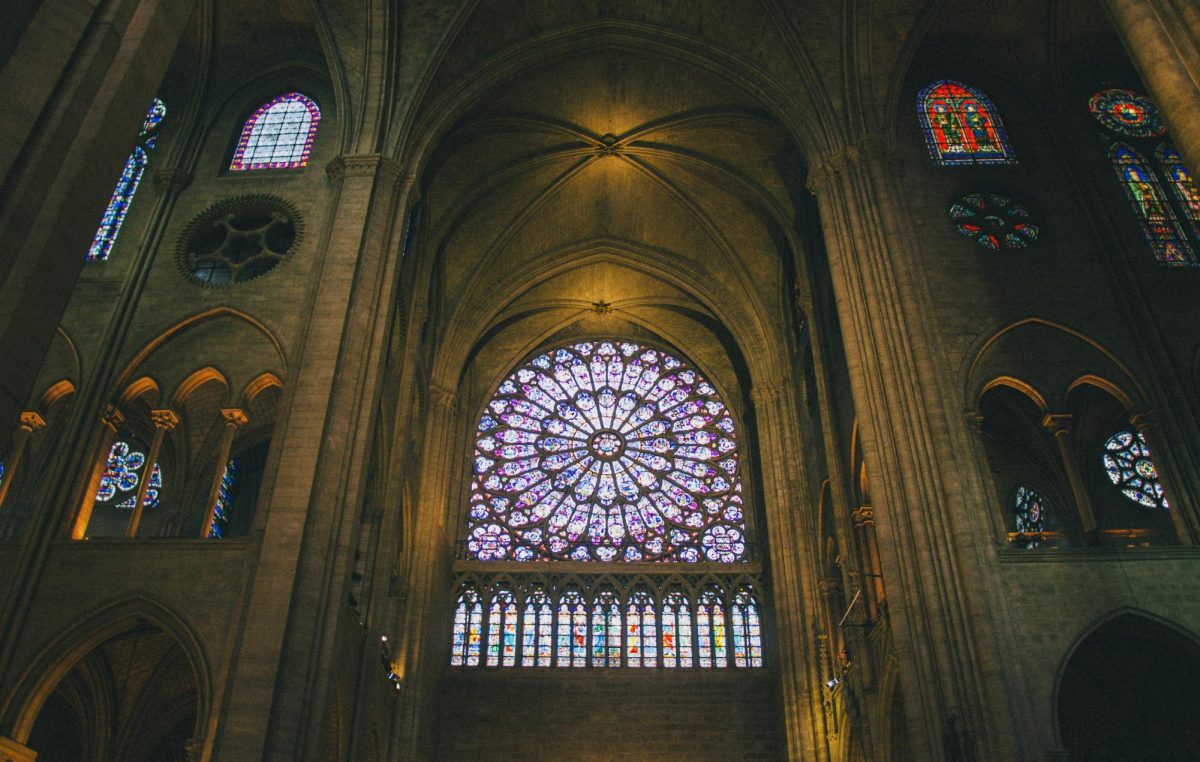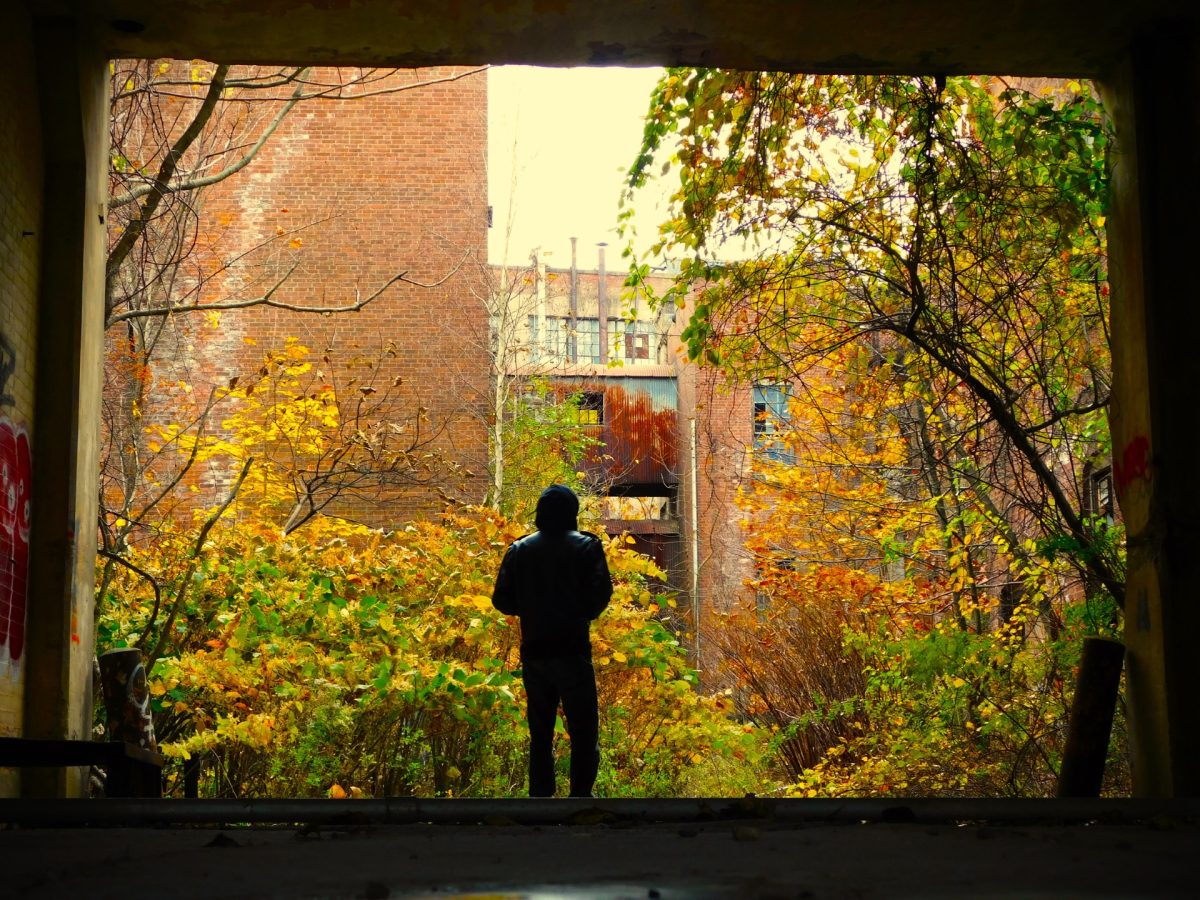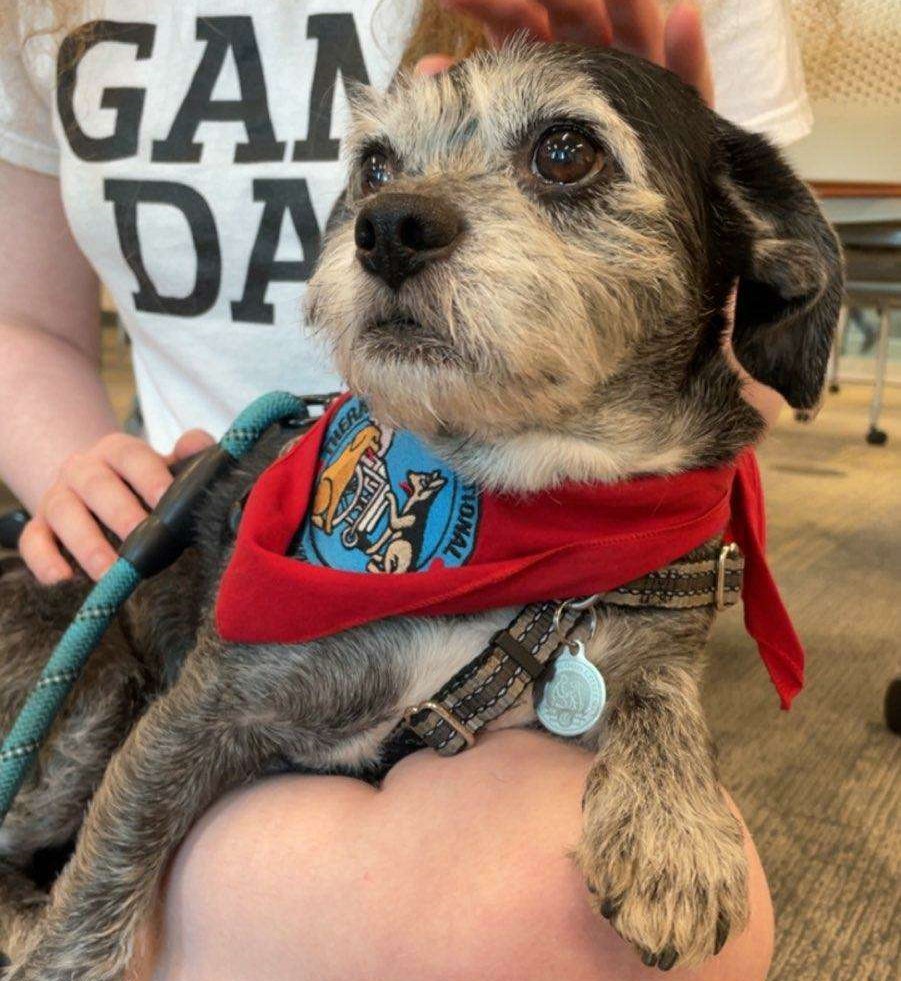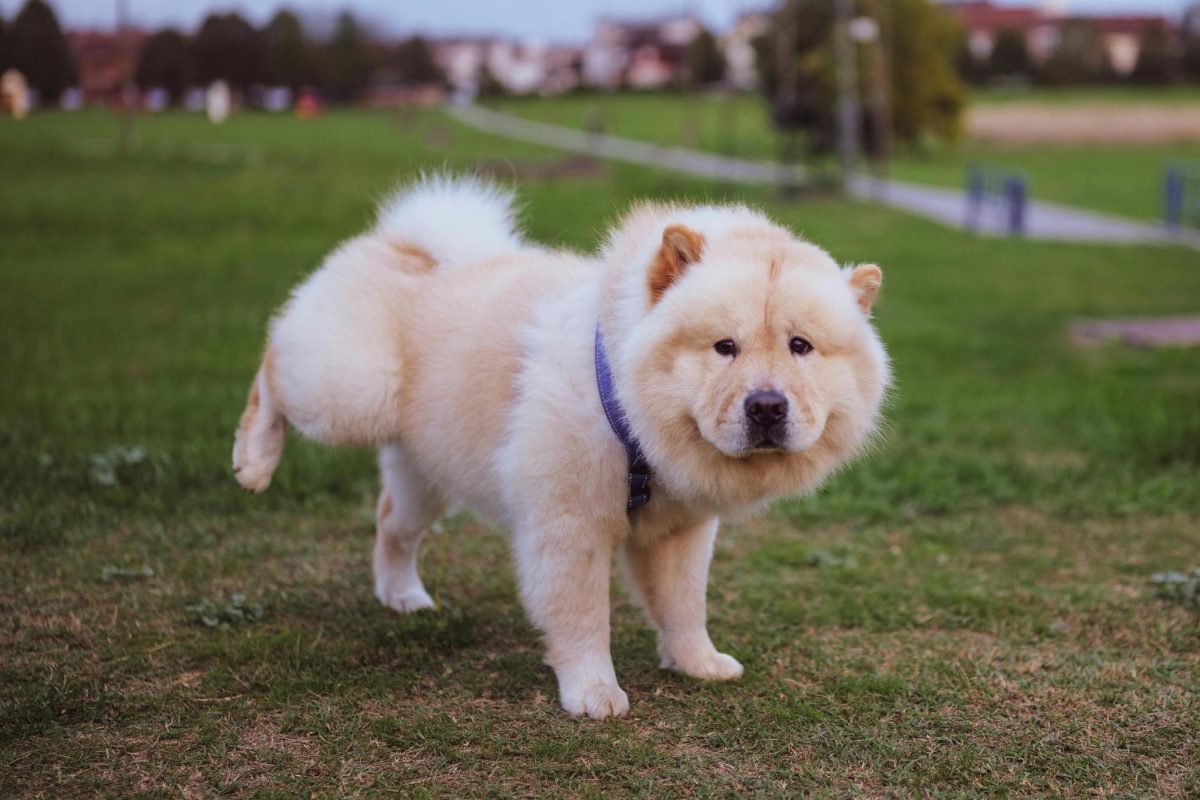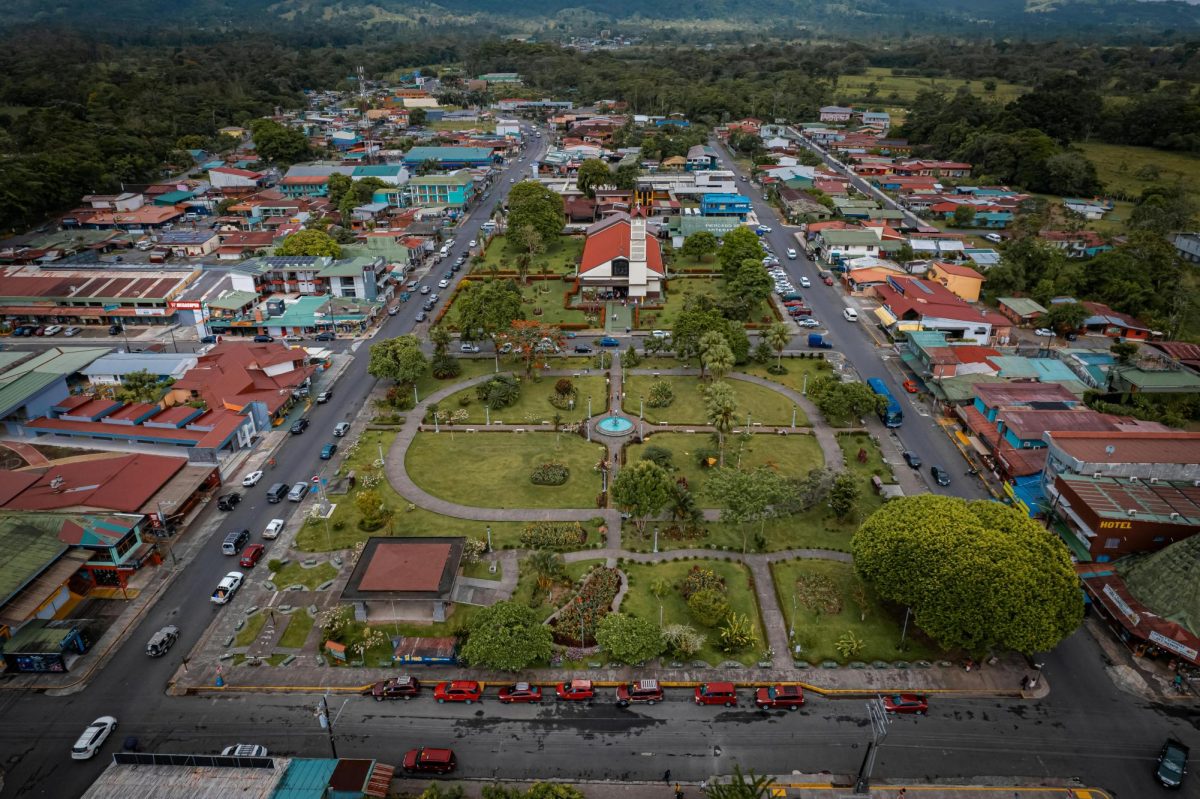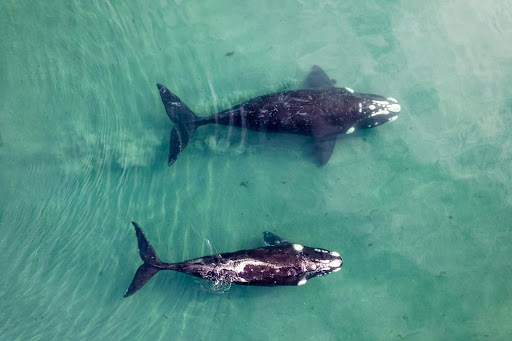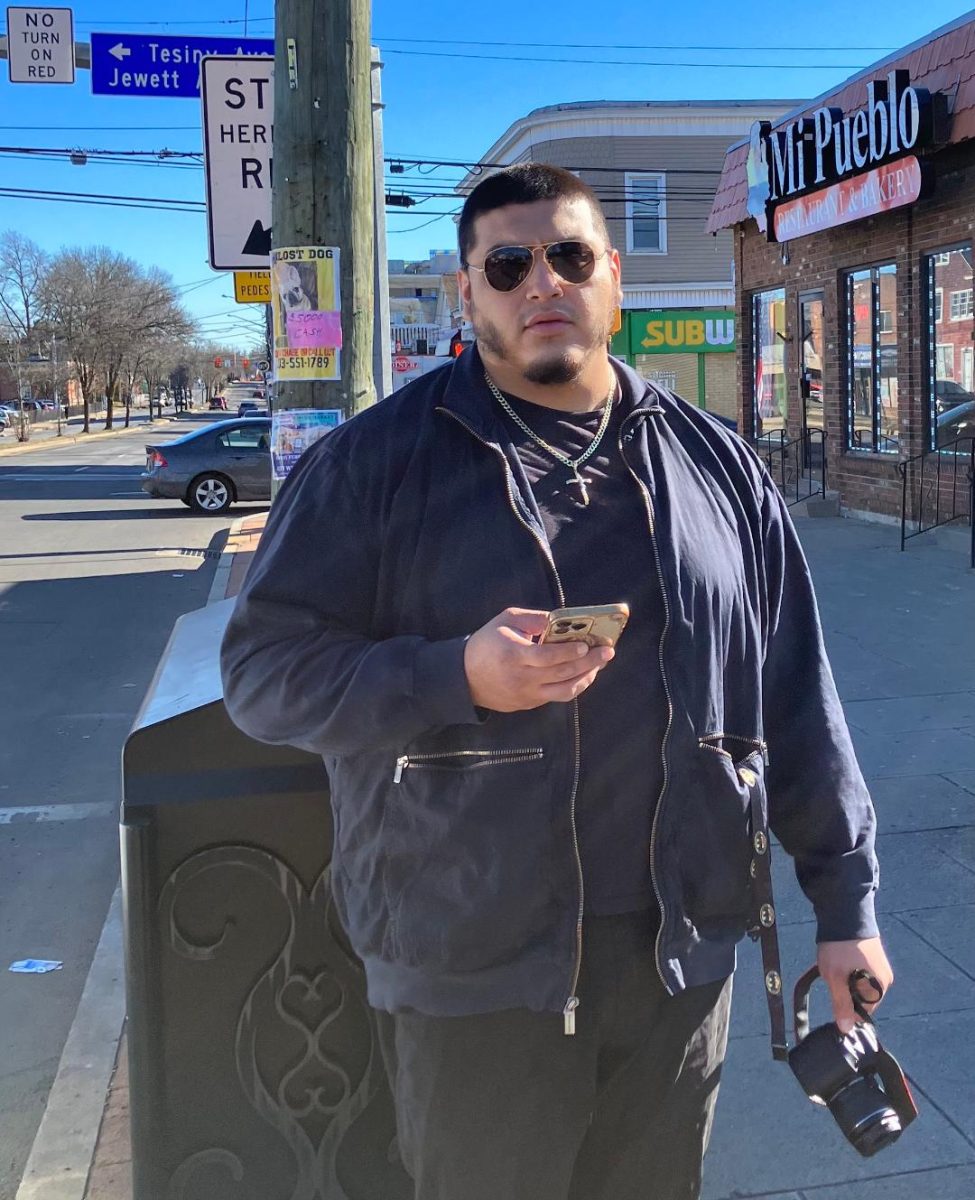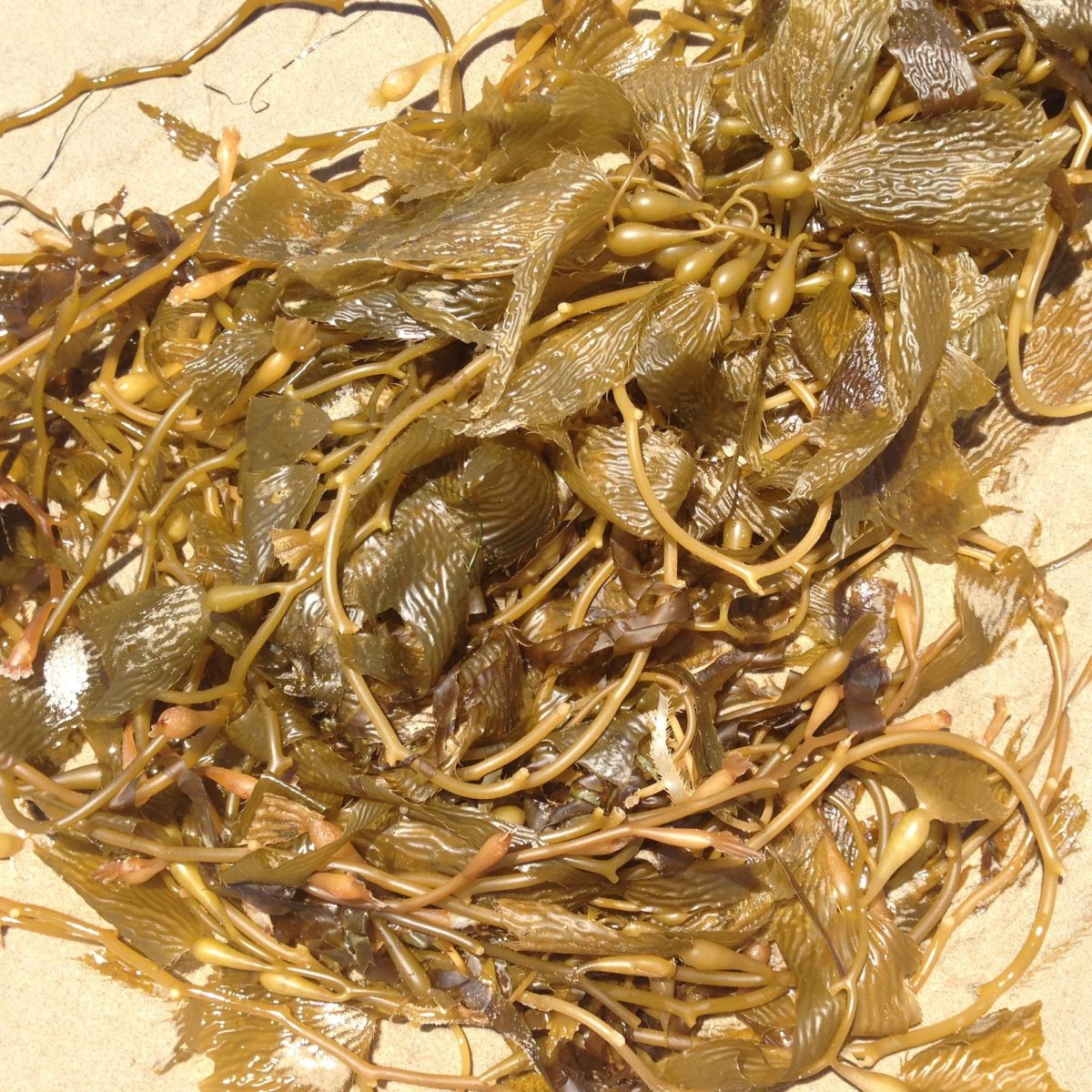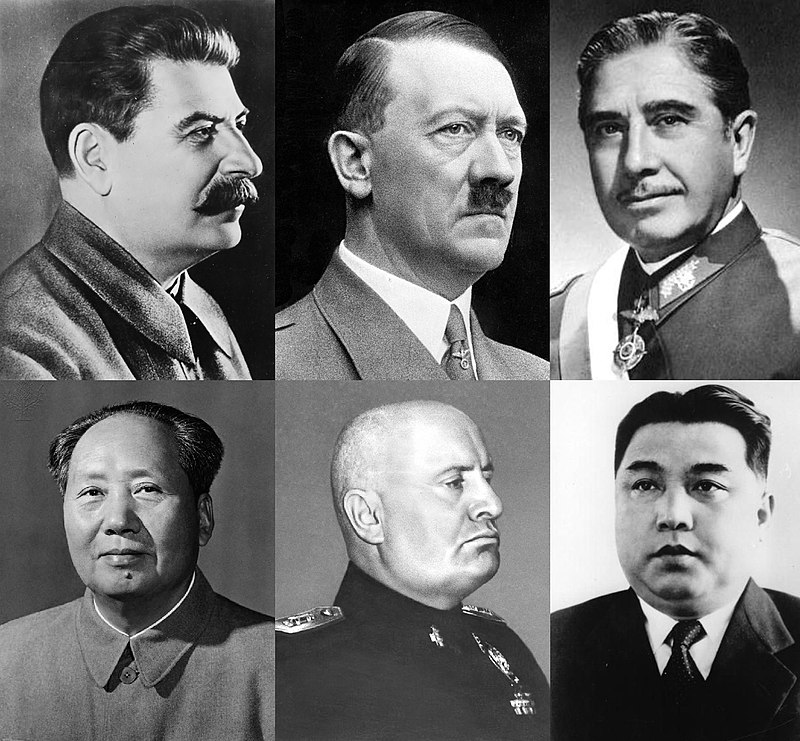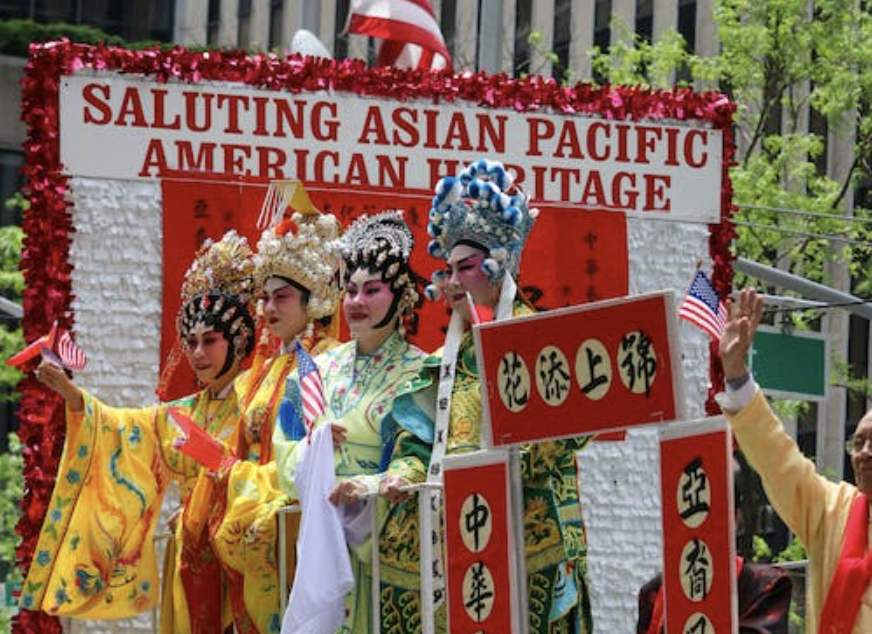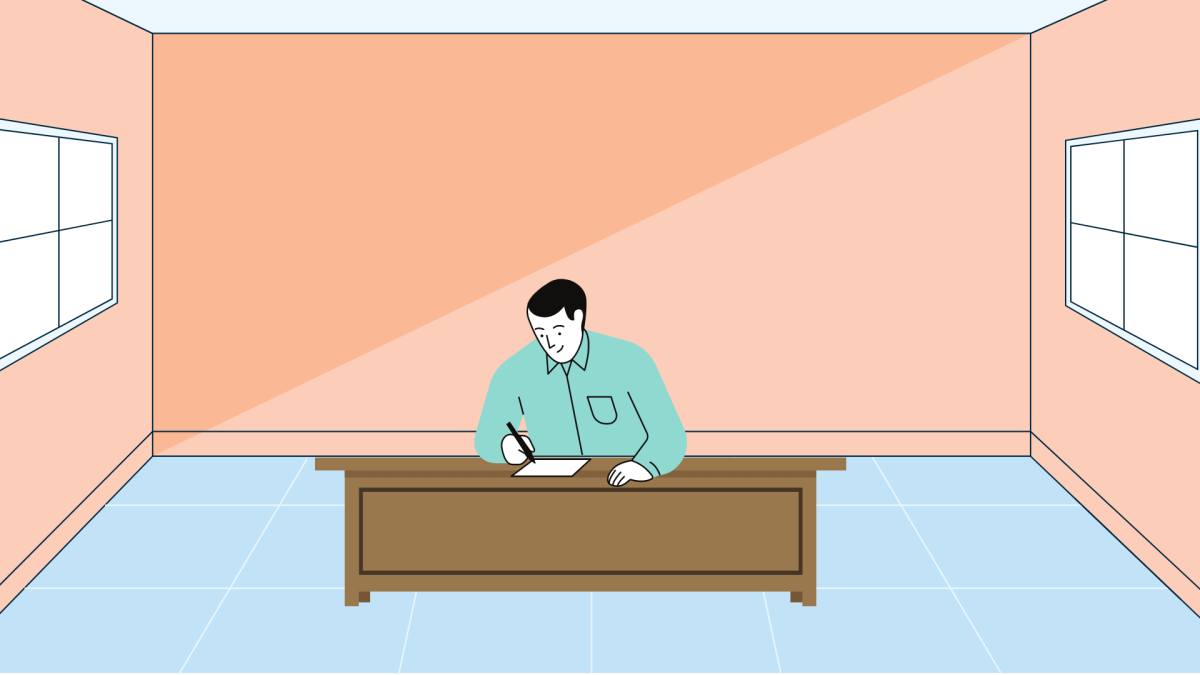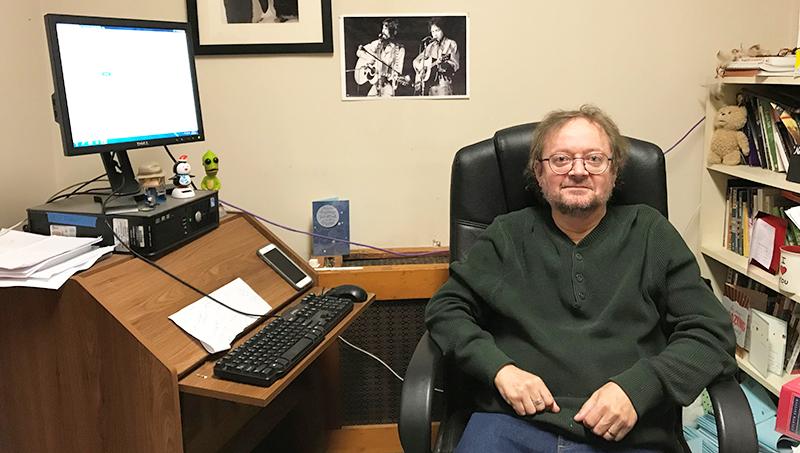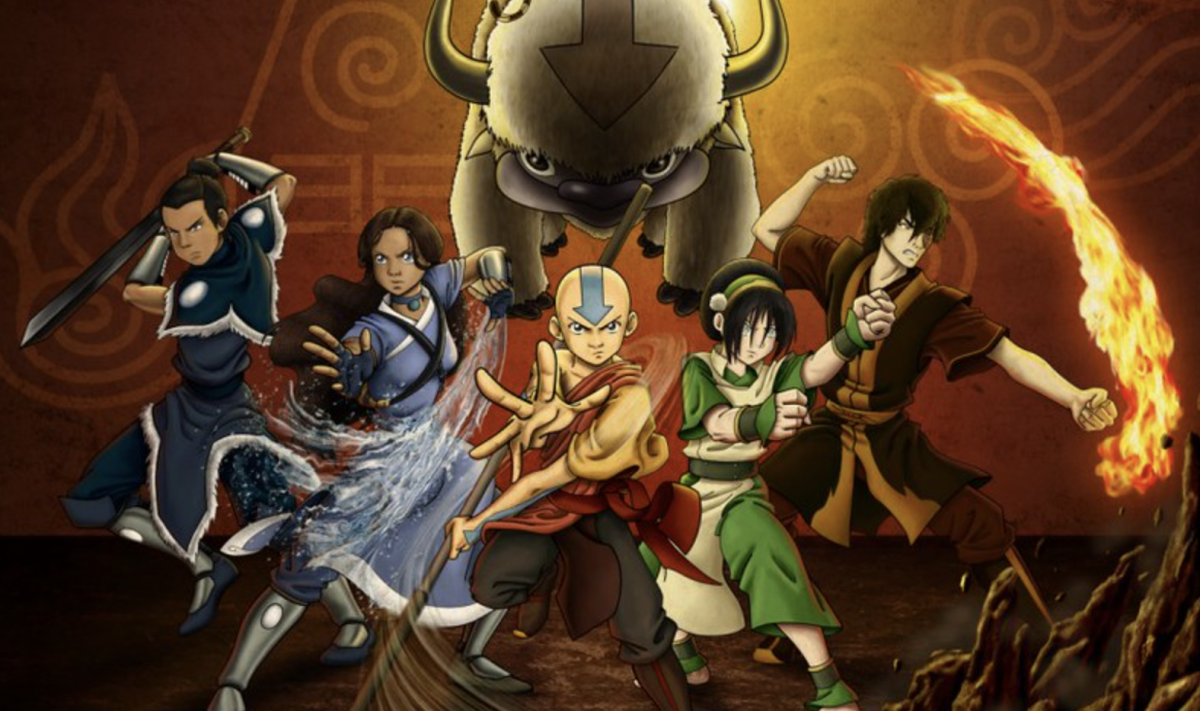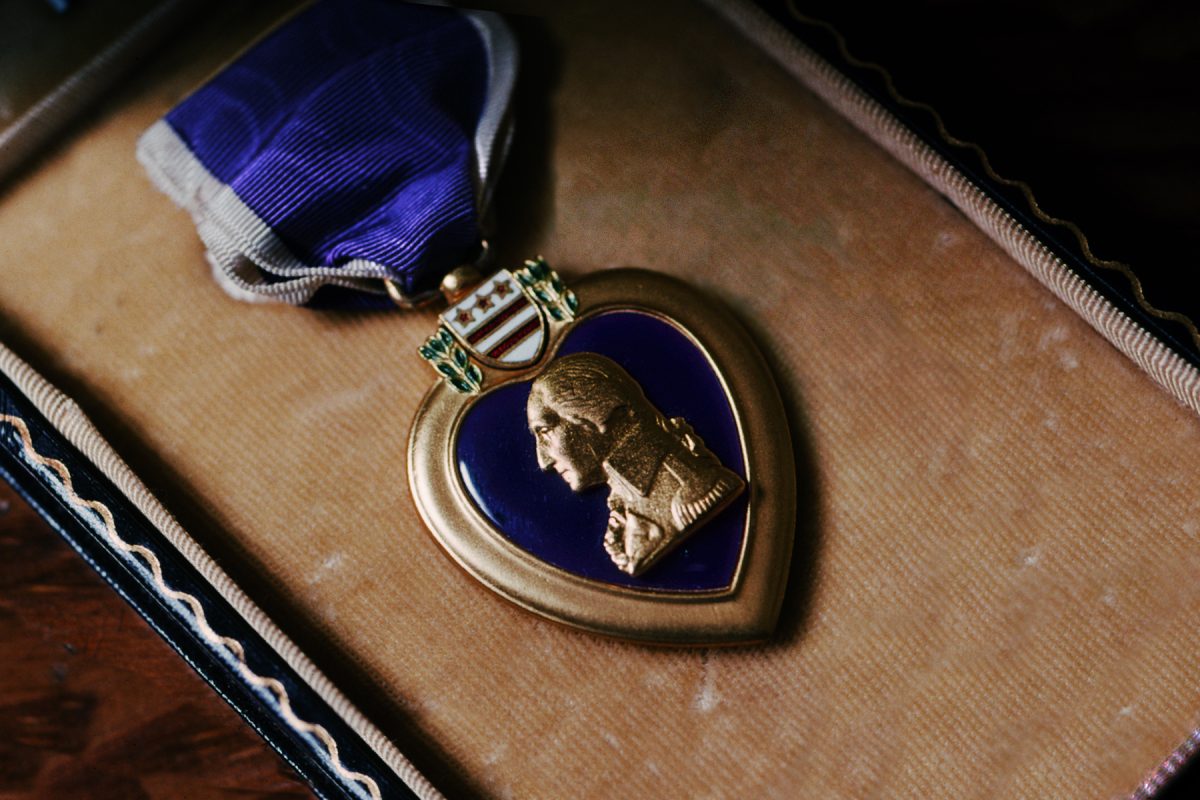I remember “Avatar: The Last Airbender (ATLA)” airing when I was about eight years old. I also remember that I was adamant to not watch it because I thought it was lame, despite what others told me about it. As I grew older, I was still dead-set on not watching it because I didn’t like the cartoon style or because I claimed I had no time to watch it. I simply didn’t understand the hype surrounding the stupid show. But when one of my best friends pushed me to watch the series, then proceeded to make it so that I had to watch it to complete a research project, I couldn’t peel my eyes away from the screen. Everything about it from the complex, interesting and mature topics addressed to the characters who each have a permanent place in my heart, the series has easily become my absolute favorite show — bar none.
I’m literally obsessed with it and it’s concerning. Ask anyone.
There are many reasons for this, of course, because I don’t fixate on something just to do so. The series, created by Michael Dante DiMartino and Bryan Konietzko, contains themes of imperialism, racism, genocide and nationalism that allow the audience to question what the definition of a children’s show really is. The show has endured the test of time and touched the hearts of generations well beyond its original audience, especially since its reignition in 2020 on Netflix. While the show’s appeal can be attributed to numerous factors, the ideal mix of a fictitious universe and real-life concerns is what attracted me to becoming involved in the series and fandom as a whole.
ATLA’s narrative is set in a universe where four nations — the Air Nomads, the Water Tribe, the Earth Kingdom and the Fire Nation — have origins in the four natural elements, and some individuals in each nation are endowed with “bending” skills connected to their own nation, allowing them to manipulate that element while only the “Avatar” is capable of mastering all four bending methods.
The series begins 100 years after the Fire Nation sparked a worldwide war in an attempt to conquer and colonize the aforementioned nations. Katara –– a waterbender –– and her older brother Sokka from the Southern Water Tribe, discover Aang. This 12-year-old –– or 112, depending on how you look at it –– boy is their generation’s avatar, who has been trapped in a block of ice for the last century, oblivious to the repercussions of the Fire Nation’s military reign. These three underdogs struggle to overthrow the Fire Nation and restore balance to the planet over the course of three seasons, with the aid of the allies – and eventually, family – they make along the way.
“Avatar” tackled issues of friendship and family against a backdrop of sociopolitical conflicts and deaths, even as a children’s anime-style cartoon. The weighty subjects of war, genocide and trauma are omnipresent, unlike in any other children’s shows of the time, and pushed the boundaries of what was considered suitable for children aged seven and up.
In the third episode of the first season, Aang returns to his home in the Southern Air Temple — or what’s left of it — after Sokka and Katara discover him and he learns that the Fire Nation has wiped out his people, the Air Nomads. Scorch marks, rusty fire nation armor and a temple full of bones and ashes serve as reminders of the enormous loss. While the fictitious environment mutes the damage, Aang’s emotional chaos of tears and the avatar state communicate the anguish, loneliness and guilt he feels for abandoning his country to the audience. As the title indicates, the war that the Fire Nation instigated has left him as The Last Airbender.
We also witness how the conflict has affected Sokka and Katara, two of the many kids in the series who have been witnesses to the Fire Nation’s terrors. After the elder males of the Southern Water Tribe depart to fight in the war, Katara and Sokka are left with the duty of looking after what remains of their tribe.
The physical consequences of the raids are evident throughout the length of the series via images of devastated villages, famished and displaced people and the numerous lives lost, even if they are only spoken about and alluded to. The main characters bear witness to the tragic effects of the war in each episode as they fly across the four nations trying to find Aang a teacher for each elemental bending technique.
Every episode of “ATLA” uncovers another one of the horrors of the Fire Nation’s Hundred Year War, which are presented in a way that children can easily understand. Through a variety of plotlines, the show emphasizes responsibility. When Aang’s people are taken away from him, the 12-year-old is overcome with remorse for failing to fulfill his imposed responsibility of establishing peace to the four nations and being the bridge between the human and spirit worlds. He blames himself, but he also discovers a way to channel his remorse into a sense of duty for rescuing the planet.
Parallel to Aang’s journey, audiences experience absolute anger then complete infatuation with Fire Prince Zuko throughout the series. At first, he stalks the avatar to fulfill a promise to his father and restore his honor – a running joke in the fandom – but later, understands that he has the power to make his own destiny by rejecting his family’s heritage and expectations. While the Fire Nation flourished in all of its conquered nations, Prince Zuko of the Fire Nation offered an unusual viewpoint: the battle sparked his internal conflict of right and wrong. While watching, I found it very simple to sympathize with Zuko as it was evident that his anger stemmed from somewhere. During the three seasons of the series, audiences were able to experience Zuko’s internal battle, and when he finally discovers his path toward integrity and true honor. Eventually, he takes on the responsibility to help Aang master firebending for his final battle against Zuko’s father.
Though the series deals with some dark themes that might fly over younger audiences’ heads, it also highlights the theme of friendship and found family strongly – be it by meeting or encountering a new character to befriend or they collaborate to defeat an enemy. Without a doubt, the young “G-Aang” were able to form a lifelong connection, lasting through the series’ spin-off “Avatar: Legend of Korra.”
Katara and Sokka befriend 12-year-old Aang, despite the fact that they have no parents and are only surrounded by the very elderly and the very young. They all hit it off right away and become fast friends, with Aang’s harmless crush on Katara blossoms into something more by the conclusion of the series –– though I personally argue that she should have ended up with Zuko, that’s an argument for another day. Along the journey, they meet –– my absolute favorite fictional character of all time ––Toph Beifong, the blind earthbending genius, greatest earthbender in the world and inventor of the previously nonexistent bending form of metalbending, who runs away from home to join the Gaang, in spite of her parents’ denial of her gift. Toph has a hard time becoming comfortable with the group and learning that it’s okay to accept help from people after being so overprotected and sheltered by her parents, who hid her from the public eye. Because of this, she had never had friends or a supportive family before she met the Gaang, but she was accepted into the avatar’s family with open arms.
As the final addition to the Gaang, Prince Zuko struggles to draw a line in the sand between right and wrong on his journey to redemption. With the help of his wise uncle –– and arguably one of the best characters in the series –– Iroh, he discovers his destiny. Zuko was indoctrinated as a child by the Fire Nation, which was commanded by his own father and used anger and ire as fuel; he was never loved by his father but was tormented by his younger sister, Azula, and was eventually exiled from the kingdom for three years. Zuko’s only family was his uncle, who loved and cared for him despite the fact that Zuko didn’t recognize it until it was almost too late. He has a profound, realistic character development as he understands the truth about his entire universe and discovers himself, and he has one of the best character arcs I have ever seen.
In many series, animated or not, families are usually depicted as stereotypical, clichéd and happy with children. However, in “ATLA,” family is imperfect. Families whose lives have been devastated by a war that they had no part in creating or exacerbating, and who have obligations much above the ordinary took center stage in this series. Katara and Sokka’s mother was killed in a Fire Nation raid when they were young and their father left, along with the rest of the men who were of age, to fight in the war; a genocide wiped away Aang’s family and entire race; Ozai despised Zuko, abused him and banished him; Toph’s parents were more concerned with their public image than with the needs of their blind daughter. At the end of the day, the program proves that family isn’t necessarily defined by blood, but by those who actually concern themselves with each other’s well-being.
The series, as a whole, is so well-crafted and full of intricate world-building, beautifully executed character arcs, storylines or perhaps its ability to connect with its audience through its characters and plot. One of the very reasons why I have become so fixated on the show is because of how simultaneously action-packed and meaningful it is. Whatever the case may be, “Avatar: The Last Airbender” has stood the test of time and continues to have an influence on the generations who have seen it. And much like the avatar cycle itself, the series’ legacy will remain continuous.
Please, I beg, take this as a sign to watch the series. It is available for a limited time on Netflix and is also available to stream on Paramount Plus. You really won’t regret it; don’t be as stupid as I once was and open your heart up to the absolute wonder that is Toph Beifong, and the rest of the series, of course.


